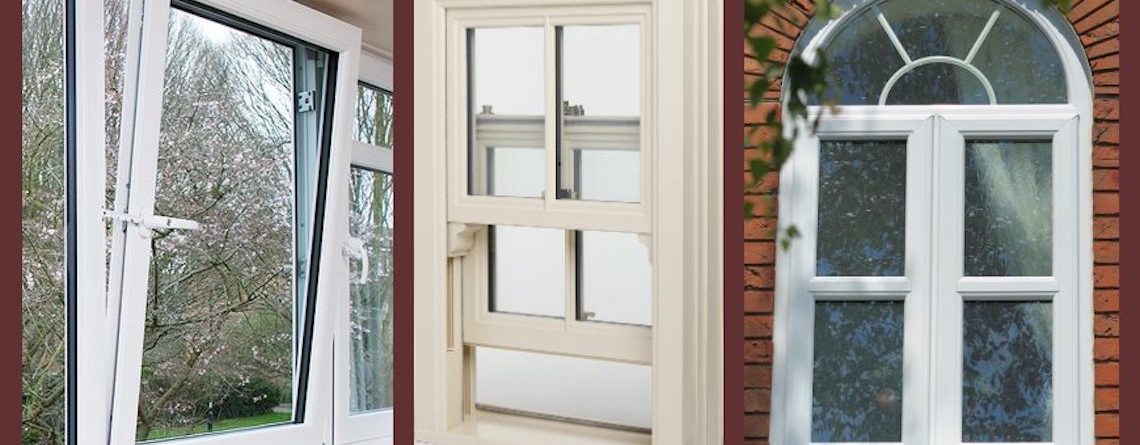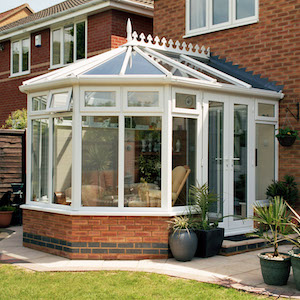
Black Shadows © 2013 -
Mentions légales/Policies
Mentions légales/Policies


Doors and windows are more than simply functional aspects of a building; they are essential to the character, security, and energy efficiency of homes and commercial homes throughout the United Kingdom. From the traditional beauty of sash windows in Georgian townhouses to the sleek modernity of bi-fold doors in contemporary homes, the UK boasts a diverse variety of designs and materials in its door windows replacement and window landscape. Understanding the subtleties of this market is vital for property owners, contractors, and anyone aiming to upgrade or install new windows and doors in the UK.
This short article delves into the world of windows and doors in the UK, exploring the different types readily available, the common materials utilized, the regulatory requirements they must satisfy, and the crucial factors to consider when choosing for your property.
A Gateway to Style and Functionality: Exploring Door Types in the UK
Doors are the welcoming handshake of any building, offering access, security, and contributing considerably to the total visual. In the UK, a variety of door types deal with varied needs and architectural designs.
Front Doors: The main entry point of a home requires to be both secure and visually attractive. Common front door products in the UK consist of:
Internal Doors: These doors specify spaces within a residential or commercial property, using personal privacy and sound insulation. Typical types consist of:
Patio area Doors: Connecting indoor home with gardens or patios, these doors bring in natural light and offer easy access to outdoor locations. Popular patio area door types in the UK include:
Letting the Light In: Understanding Window Types in the UK
Windows are essential for natural light, ventilation, and the general ambiance of a structure. The UK provides a varied variety of window designs, each with its own characteristics and advantages.
Casement Windows: The most common key in the UK, casement windows are hinged at the side or top and open outwards. They offer outstanding weather sealing and security.
Sash Windows: A timeless British design, especially widespread in duration properties. Sash windows consist of two panels (sashes) that move vertically, frequently reversed by weights and cables. They are known for their elegant appearance however can be less energy-efficient than modern-day window types if not well-maintained.
Tilt and Turn Windows: Offering flexibility, tilt and turn windows can be slanted inwards for ventilation and completely opened inwards for simple cleansing. They are popular in modern homes and houses for their usefulness and security features.
Bay Windows: Projecting outwards from a building, bay windows create additional interior space and deal broader views. They are often found in Victorian and Edwardian homes throughout the UK.
Fixed Windows (Picture Windows): Non-opening windows designed to take full advantage of natural light and views. Typically utilized in combination with opening windows for ventilation.
Product Matters: Choosing the Right Materials for UK Doors and Windows
The choice of product significantly affects the efficiency, aesthetics, and life-span of windows and doors. In the UK, the most typical products consist of:
uPVC: As discussed formerly, uPVC is a commonly utilized material for both windows and doors in the UK. It’s cost effective, low upkeep, energy-efficient, and uses excellent security. Modern uPVC systems can also be manufactured to simulate the appearance of timber.
Timber: A standard choice offering natural appeal and exceptional insulation properties. Sustainable timber sources are significantly crucial. Hardwoods like oak are durable however more costly, while softwoods like pine are more economical however need more regular upkeep in the UK environment.
Aluminium: Increasingly popular for contemporary styles, aluminium is strong, light-weight, and long-lasting. It can be powder-coated in various colours and uses slim profiles, making the most of glass area. Thermally broken aluminium systems are necessary for energy performance in the UK.
Composite: Combining products like timber, uPVC, and aluminium to utilize their highests. Frequently utilized for front doors, providing high performance in security, insulation, and weather condition resistance with numerous visual choices.
Browsing Regulations and Standards in the UK
Doors and windows in the UK should adhere to stringent building regulations and standards to guarantee safety, energy effectiveness, and availability. Key considerations include:
Building Regulations Part L (Conservation of Fuel and Power) and Part F (Ventilation): These guidelines set minimum requirements for thermal performance and ventilation to minimize energy usage and keep healthy indoor air quality. Doors and window U-values (determining heat loss) and window and door replacement Energy Ratings (WERs) are essential aspects.
Structure Regulations Part Q (Security): This part focuses on security requirements for doors and windows in new dwellings to lessen the threat of break-in. Security features such as multi-point locking systems and laminated glass are very important.
Building Regulations Part M (Access to and Use of Buildings): Ensures that buildings are accessible to all, including people with disabilities. This can impact door widths, limit heights, and window & door operation in certain situations.
British Standards (BS): Various British Standards relate to the efficiency and screening of doors and windows, covering aspects like weather condition resistance, security, and acoustic efficiency.
Energy Efficiency: Keeping Homes Warm and Bills Low
In the UK, where energy costs are a considerable concern, energy-efficient windows and doors are crucial. Double or triple glazing, thermal breaks, and energy-efficient frame materials all add to minimizing heat loss and improving a residential or commercial property’s energy efficiency. Search for windows and doors with high Window Energy Ratings (WERs), frequently graded from A++ to G, with A++ being the most energy-efficient.
Security First: Protecting Your Home
Security is a critical factor to consider for windows and doors in the UK. Functions to look for consist of:
Trends in UK Door and Window Design
The looks of doors and windows are continuously developing. Present trends in the UK consist of:
Maintaining Your Doors and Windows
Correct upkeep extends the lifespan and efficiency of doors and windows.
Conclusion
Selecting the ideal windows and doors for a UK property is a significant decision including factors to consider of style, security, energy performance, and budget. By comprehending the numerous types, materials, regulations, and trends, house owners and home builders can make informed options that enhance their properties and produce comfortable, protected, and energy-efficient home. Whether you are remodeling a period home or constructing a brand-new property, the UK market provides a wide variety of doors and windows to satisfy every need and aesthetic preference.
Often Asked Questions (FAQs)
Q: Do I require preparing authorization to replace my doors and windows in the UK?A: Generally, replacing doors and windows like-for-like in an existing house does not need planning consent. However, there are exceptions, particularly in conservation areas, noted structures, or if you are making considerable modifications to the look of your property. It is constantly best to inspect with your regional preparation authority to verify if permission is needed.
Q: What is a U-value and why is it important for windows and doors?A: A U-value steps the rate of heat loss through a material. For doors and windows, a lower U-value shows better thermal insulation. In the UK, Building Regulations set minimum U-value requirements for new windows and doors to make sure energy performance. Choosing windows and doors with low U-values can considerably minimize heating bills.
Q: What are Window Energy Ratings (WERs)?A: Window Energy Ratings (WERs) are a system used in the UK to rank the energy effectiveness of windows. They are graded on a scale from A++ (most effective) to G (least efficient). WERs consider factors such as solar heat gain, heat loss, and air leakage to offer an extensive step of a window’s energy performance.
Q: How typically should I replace my windows and doors?A: The life-span of windows and doors depends upon the product and quality of installation. uPVC and aluminium windows can last for 20-30 years or more, while timber windows might need changing earlier depending upon upkeep. Look for signs of wear and tear, such as drafts, condensation within the glass panes, difficulty opening and closing, or rot in timber frames, as indicators that replacement may be required.
Q: What are the benefits of double or triple glazing in the UK?A: Double or triple glazing includes two or 3 panes of glass with an insulating gas (like argon) in between. The advantages include:

Q: What are the security requirements I should search for in windows and doors?A: Look for doors and windows that fulfill or go beyond the requirements of Building Regulations Part Q (Security) or Secured by Design requirements. Key security features include:
By considering these factors and understanding the alternatives readily available, it’s possible to make informed choices about windows and doors that improve both the charm and functionality of any UK residential or commercial property.